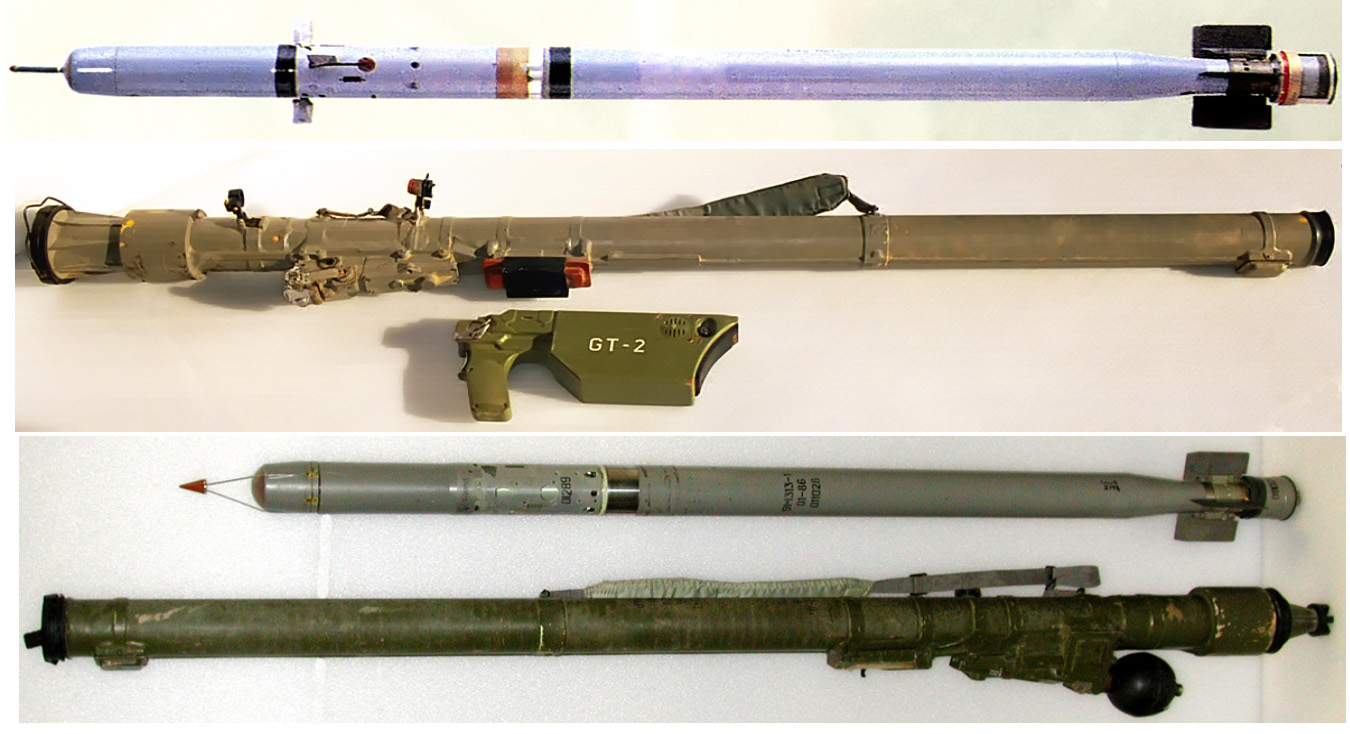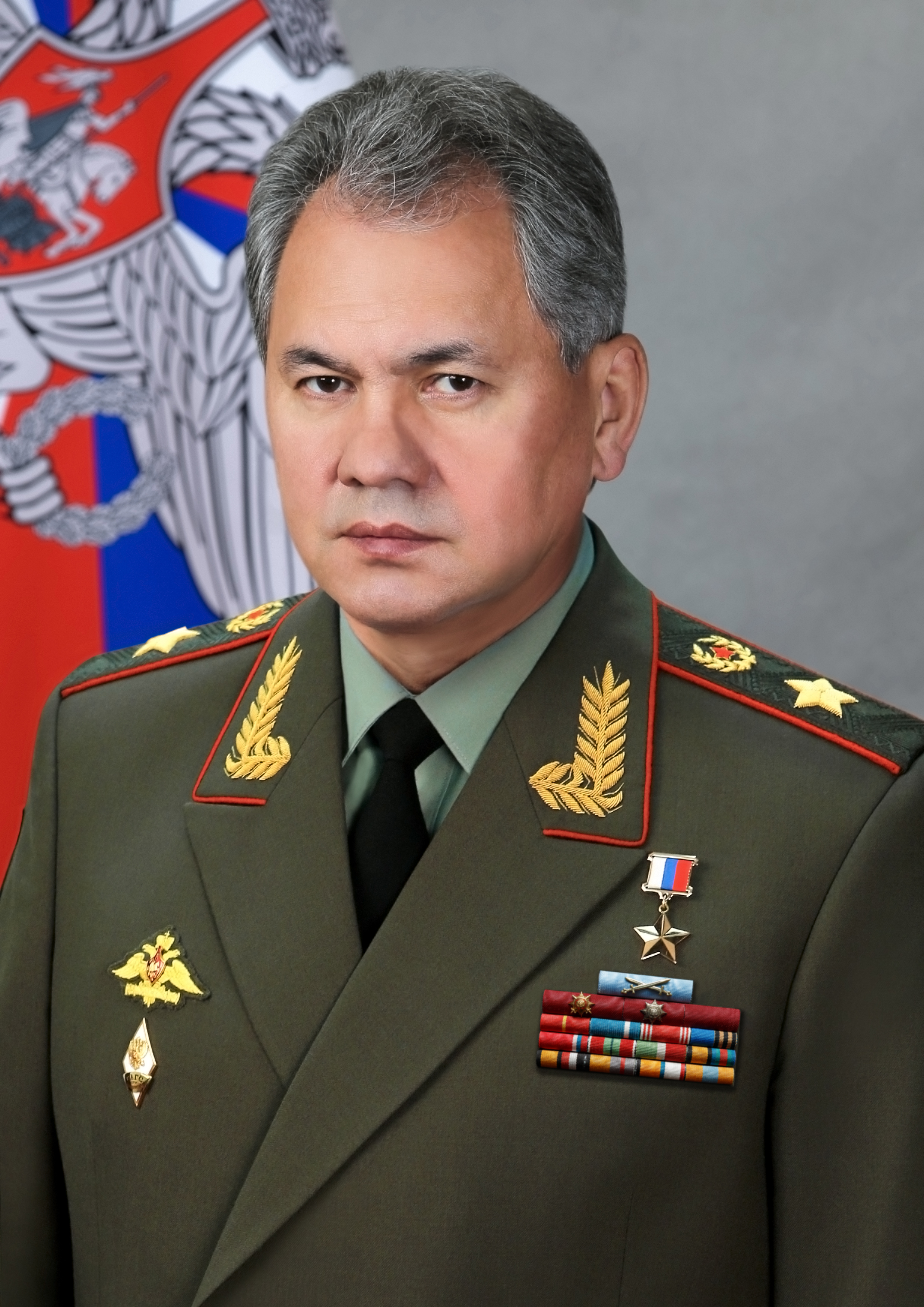|
Russian Submarine Gepard
The K-335 ''Gepard'' is an in the Russian Navy. Design Project 971 has a double-hull design. The robust body is made of high quality alloy steel with σт = 1 GPa (10,000 kgf / cm2). To simplify the installation of equipment, the boat was designed using zonal blocks, which made it possible to transfer a significant amount of work from the cramped conditions of the sub's compartments directly to the workshop. After completion of the installation, the zonal unit is “rolled” into the hull of the boat and connected to the main cables and pipelines of the ship's systems.http://www.rosprom.gov.ru/news.php?id=3053&fcat=0 A two-stage damping system is used: all mechanisms are placed on damped foundations, in addition, each zone unit is isolated from the body by rubber-cord pneumatic shock absorbers. In addition to reducing the overall noise level of nuclear submarines, such a scheme can reduce the impact of underwater explosions on equipment and crew. The boat has a developed v ... [...More Info...] [...Related Items...] OR: [Wikipedia] [Google] [Baidu] |
Sevmash
JSC PO Sevmash ( rus, ОАО «ПО „Севмаш“», Севмаш, СМПСМП, "Severodvinsk Machine Building Plant") is a Russian joint-stock company (JSC) under the vertically-integrated United Shipbuilding Corporation. The shipbuilding operations of Sevmash is in the port city of Severodvinsk on the White Sea in the Russian Federation. "Sevmash" is an abbreviation of ''Severnoye Mashinostroitelnoye Predpriyatie'' (Северное Машиностроительное Предприятие), i.e. "Northern Machine-Building Enterprise". Sevmash is the largest shipbuilding enterprise in Russia and today the country's only nuclear submarine producer. In 2009, the company employed 26,951 people and its revenue from military production was $533.02 million. Military production The shipyard's main specialization is manufacturing of ships, submarines and military equipment for the Russian Navy. Sevmash is the only shipyard in Russia producing nuclear submarines. , the l ... [...More Info...] [...Related Items...] OR: [Wikipedia] [Google] [Baidu] |
9K38 Igla
The 9K38 Igla (russian: Игла́, "needle", NATO reporting name SA-18 Grouse) is a Russian/Soviet man-portable infrared homing surface-to-air missile (SAM) system. A simplified, earlier version is known as the 9K310 Igla-1 (NATO: SA-16 Gimlet), and the latest variant is the 9K338 Igla-S (SA-24 Grinch). The Igla-1 entered service in 1981, the Igla in 1983, and the Igla-S in 2004. The Igla has been supplemented by the 9K333 Verba since 2014.New Russian Verba MANPADS will replace Igla-S - Armyrecognition.com, 15 September 2014 History The development of the Igla short-range man-portable air defense system ( MA ...[...More Info...] [...Related Items...] OR: [Wikipedia] [Google] [Baidu] |
Criminal Code Of The Russian Federation
The Russian Criminal Code (russian: Уголовный кодекс Российской Федерации, frequently abbreviated УК РФ) is the prime source of the Law of the Russian Federation concerning criminal offences. The 1996 Criminal Code of the Russian Federation came into force on 1 January 1997. On 8 January 1997, President Yeltsin signed the Criminal Correctional Code to regulate the conditions of the sentences. The new Criminal Code replaced the Soviet analogue of 1960. The main changes deal with economic crimes and property crimes. These were the main pitfalls of the Soviet Criminal Code, as most of the other chapters were already amended to correspond to new Russian realities. Modifications 2022 In March 2022, the Russia fake news law was added to the criminal code, as Article No. 207.3, titled "Public dissemination of knowingly false information about the use of the Armed Forces of the Russian Federation." The new law provides for a prison sentence o ... [...More Info...] [...Related Items...] OR: [Wikipedia] [Google] [Baidu] |
Automatic Fire Suppression
Automatic fire suppression systems control and extinguish fires without human intervention. Examples of automatic systems include fire sprinkler system, gaseous fire suppression, and condensed aerosol fire suppression. When fires are extinguished in the early stages loss of life is minimal since 93% of all fire-related deaths occur once the fire has progressed beyond the early stages. Types of automatic systems Today there are numerous types of automatic fire suppression systems and standards for each one. Systems are as diverse as the many applications. In general, however, automatic fire suppression systems fall into two categories: ''engineered'' and ''pre-engineered'' systems. * Engineered fire suppression systems are design specific and most commonly used for larger installations where the system is designed for a particular application. Examples include large marine and land vehicle applications, server rooms, public and private buildings, industrial paint lines, dip tank ... [...More Info...] [...Related Items...] OR: [Wikipedia] [Google] [Baidu] |
Ministry Of Defence (Russia)
The Ministry of Defence of the Russian Federation (russian: Министерство обороны Российской Федерации, Минобороны России, informally abbreviated as МО, МО РФ or Minoboron) is the governing body of the Russian Armed Forces. The President of Russia is the Commander-in-Chief of the Armed Forces of the Russian Federation and directs the activity of the Ministry. The Defence Minister exercises day-to-day administrative and operational authority over the armed forces. The General Staff executes the president's and the defence minister's instructions and orders. The main building of the ministry, built in the 1940s, is located on Arbatskaya Square, near Arbat Street. Other buildings of the ministry are located throughout the city of Moscow. The supreme body responsible for the Ministry's management and supervision of the Armed Forces is The National Defense Management Center (Национальный центр управ ... [...More Info...] [...Related Items...] OR: [Wikipedia] [Google] [Baidu] |
Northern Fleet
Severnyy flot , image = Great emblem of the Northern Fleet.svg , image_size = 150px , caption = Northern Fleet's great emblem , start_date = June 1, 1733; Soviet iteration: August 5, 1933 , country = , branch = , type = Fleet , role = Nuclear deterrence;Naval warfare; Amphibious military operations;Combat patrols in the Arctic/Atlantic;Naval presence/diplomacy missions in the Atlantic and elsewhere , size = c. 32 surface warships plus additional support ships/auxiliaries c. 34+ active submarines , command_structure = , garrison = , garrison_label = , nickname = , patron = , motto = , colors = , colors_label ... [...More Info...] [...Related Items...] OR: [Wikipedia] [Google] [Baidu] |
Ship Commissioning
Ship commissioning is the act or ceremony of placing a ship in active service and may be regarded as a particular application of the general concepts and practices of project commissioning. The term is most commonly applied to placing a warship in active duty with its country's military forces. The ceremonies involved are often rooted in centuries-old naval tradition. Ship naming and launching endow a ship hull with her identity, but many milestones remain before she is completed and considered ready to be designated a commissioned ship. The engineering plant, weapon and electronic systems, galley, and other equipment required to transform the new hull into an operating and habitable warship are installed and tested. The prospective commanding officer, ship's officers, the petty officers, and seamen who will form the crew report for training and familiarization with their new ship. Before commissioning, the new ship undergoes sea trials to identify any deficiencies needing corre ... [...More Info...] [...Related Items...] OR: [Wikipedia] [Google] [Baidu] |
Ship Naming And Launching
Ceremonial ship launching involves the performance of ceremonies associated with the process of transferring a vessel to the water. It is a nautical tradition in many cultures, dating back thousands of years, to accompany the physical process with ceremonies which have been observed as public celebration and a solemn blessing, usually but not always, in association with the launch itself. Ship launching imposes stresses on the ship not met during normal operation and, in addition to the size and weight of the vessel, represents a considerable engineering challenge as well as a public spectacle. The process also involves many traditions intended to invite good luck, such as christening by breaking a sacrificial bottle of champagne over the bow as the ship is named aloud and launched. Methods There are three principal methods of conveying a new ship from building site to water, only two of which are called "launching". The oldest, most familiar, and most widely used is th ... [...More Info...] [...Related Items...] OR: [Wikipedia] [Google] [Baidu] |
Keel Laying
Laying the keel or laying down is the formal recognition of the start of a ship's construction. It is often marked with a ceremony attended by dignitaries from the shipbuilding company and the ultimate owners of the ship. Keel laying is one of the four specially celebrated events in the life of a ship; the others are launching, commissioning and decommissioning. In earlier times, the event recognized as the keel laying was the initial placement of the central timber making up the backbone of a vessel, called the keel. As steel ships replaced wooden ones, the central timber gave way to a central steel beam. Modern ships are most commonly built in a series of pre-fabricated, complete hull sections rather than around a single keel. The event recognized as the keel laying is the first joining of modular components, or the lowering of the first module into place in the building dock. It is now often called "keel authentication", and is the ceremonial beginning of the ship's life ... [...More Info...] [...Related Items...] OR: [Wikipedia] [Google] [Baidu] |
K-284 Akula
K-284 ''Akula'' was the lead ship of the Soviet Navy's Project 971U "Shchuka-B" (NATO reporting name Akula-class submarine, "Akula") nuclear-powered attack submarines. The ship was Keel laying, laid down on 6 November 1983 and was Ship commisisoning, commissioned in the Pacific Fleet (Russia), Pacific Fleet on 30 December 1984. The submarine was 12-15 dB quieter than the previous generation of Soviet submarines. K-284 served in the Soviet fleet until the collapse of the Soviet Union in 1991 and then continued to serve in the Russian Navy. The submarine was decommissioned in 2001. References {{DEFAULTSORT:Akula (K-284), Russian Submarine Akula-class submarines Ships built in the Soviet Union 1984 ships ... [...More Info...] [...Related Items...] OR: [Wikipedia] [Google] [Baidu] |
Very Low Frequency
Very low frequency or VLF is the ITU designation for radio frequencies (RF) in the range of 3–30 kHz, corresponding to wavelengths from 100 to 10 km, respectively. The band is also known as the myriameter band or myriameter wave as the wavelengths range from one to ten myriameters (an obsolete metric unit equal to 10 kilometers). Due to its limited bandwidth, audio (voice) transmission is highly impractical in this band, and therefore only low data rate coded signals are used. The VLF band is used for a few radio navigation services, government time radio stations (broadcasting time signals to set radio clocks) and for secure military communication. Since VLF waves can penetrate at least 40 meters (131 ft) into saltwater, they are used for military communication with submarines. Propagation characteristics Because of their long wavelengths, VLF radio waves can diffract around large obstacles and so are not blocked by mountain ranges, and can ... [...More Info...] [...Related Items...] OR: [Wikipedia] [Google] [Baidu] |




_underway_2009.jpg)

